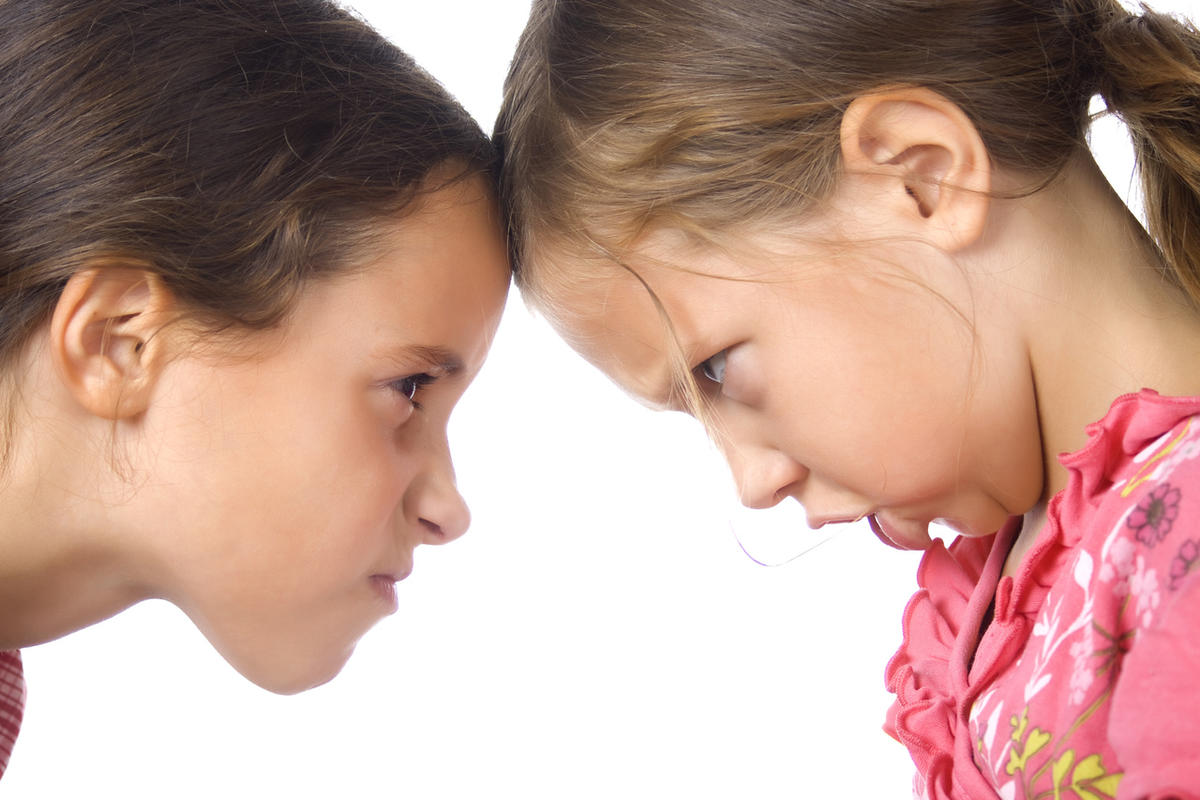
Let’s face it – children are unpredictable. When they are very young, they are experimenting with social behaviors and learning how to react to different stimuli and situations.
Young children often don’t react in ways we expect, and their emotions can quickly turn. As they get older, they learn to communicate more effectively and respond appropriately to situations.
One behavior, however, can be particularly difficult for parents to understand and deal with. It can cause frustration and embarrassment for parents when it is exhibited and can lead us to ask ourselves, “What should I do?”
Aggression in young children is common as they become more self-aware and their personalities develop. While it may be difficult to deal with, children often outgrow aggressive behaviors as they enter the school years.
There are two types of aggression: Physical — which can manifest itself as hitting, biting, pushing, pulling hair, or taking toys from others, or social – such as teasing, saying “mean” things, or purposely embarrassing another child.
And while most children exhibit some sort of aggressive behavior in late-toddler and preschool years, it is important that these behaviors are properly addressed and handled to prevent them from occurring when children are older.
First and foremost, children learn behaviors – good or bad – from what is modeled by the people around them. Parents, siblings, and family members are the first line of defense in preventing aggressive behaviors from escalating or continuing as the child gets older.
Psychology Today reported on the findings of studies conducted by Albert Bandura of Stanford University on childhood aggression:
The crux of Bandura’s social learning theory is that children (and adults new to situations) learn from others in the environment how to behave. The key to this, in terms of aggression, is not merely telling the children not to be aggressive or explaining to them why they should be peaceful, but rather, to have them witness adults behaving peacefully. Children will mimic the behavior, and in turn, become more peaceful themselves. That is, they will model their behavior after the adults they have seen behave a certain way.
When a parent notices aggressive behavior in their child, there are many ways to help a child understand and implement more positive behaviors — engage them in open-ended conversation about why they behaved as they did and encourage them to express the underlying emotions that caused the behavior — really listen to what they have to say.
There are also indirect – but very effective – ways to discourage aggression and teach your child to express themselves in a more positive manner.
PrevNet About Kids’ Health shared some creative tips:
Playtime: Pretend play gives preschoolers the chance to test different emotions, including anger and aggression. By taking part in your child’s pretend play (for example, become a character in the play), you can be involved in developing solutions without physical or relational aggression. You can also show your child how to deal with problems the characters have; for example, label the negative emotion(s) and encourage your child to talk about how he/she feels with another character.
And teaching your child to take turns in game play or day-to-day situations can help them manage conflict with other children. Learning to take turns and sharing teaches patience and cooperation, and these are important skills in helping to reduce aggression.
Storytime: When having story time with your child, try to incorporate situations in which the main characters get frustrated. Work together with your child to decide how the characters in your story will respond to various negative situations. This will help children learn to take others’ perspectives and to think about how to react in various difficult situations.
When out in social situations: Avoiding situations that make your preschooler angry or aggressive is not always possible and not always the best strategy. In cases when these feelings arise, it is important not to shy away from dealing with this experience together with your child. Let your child know that you understand how difficult this is for them and make it clear that you experience similar emotions from time to time.
Since children’s behavior often mimics that of adults, parents must be careful about their own behaviors in front of their children. Getting overly angry, lashing out verbally, screaming, or slamming doors are all actions being seen by your children. It is wise for parents to think about their responses in times of stress.
Talk to your kids about why you are upset or frustrated and get their input on how you should handle the situation in basic terms. For example, “I’m feeling a little upset right now. Do you think counting to ten would help me?” and then have your child count or take deep breaths along with you.
It is important to note that parents should speak with a physician or counselor if they feel their child’s aggression is out of control or occurs past the ages of three or four. And if you feel something is just not right, it is always best to get a professional opinion.
Have you seen your child behave aggressively towards another child? What did you do to diffuse the situation and encourage a positive response?
Leave us know your thoughts in the comments!
